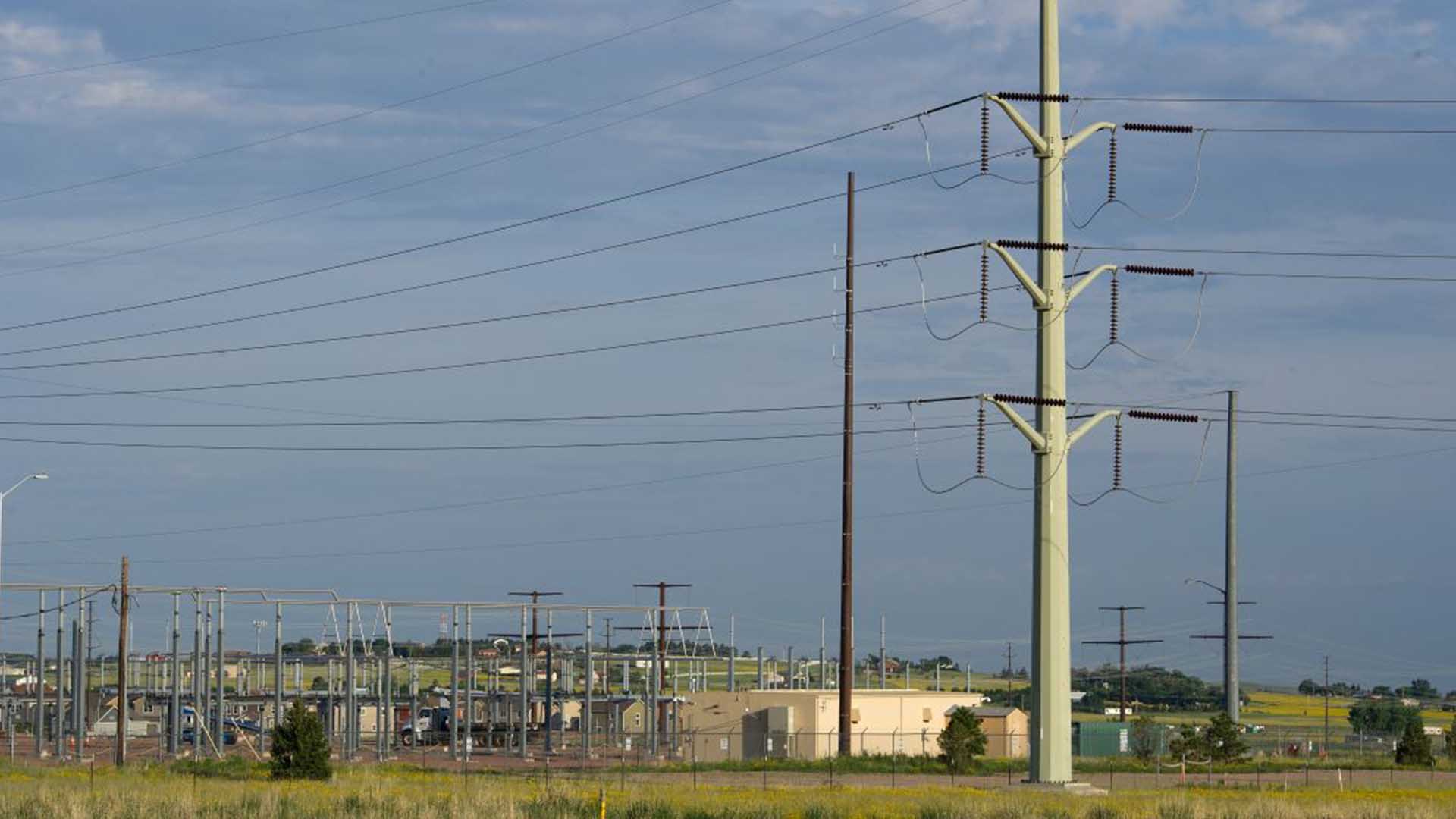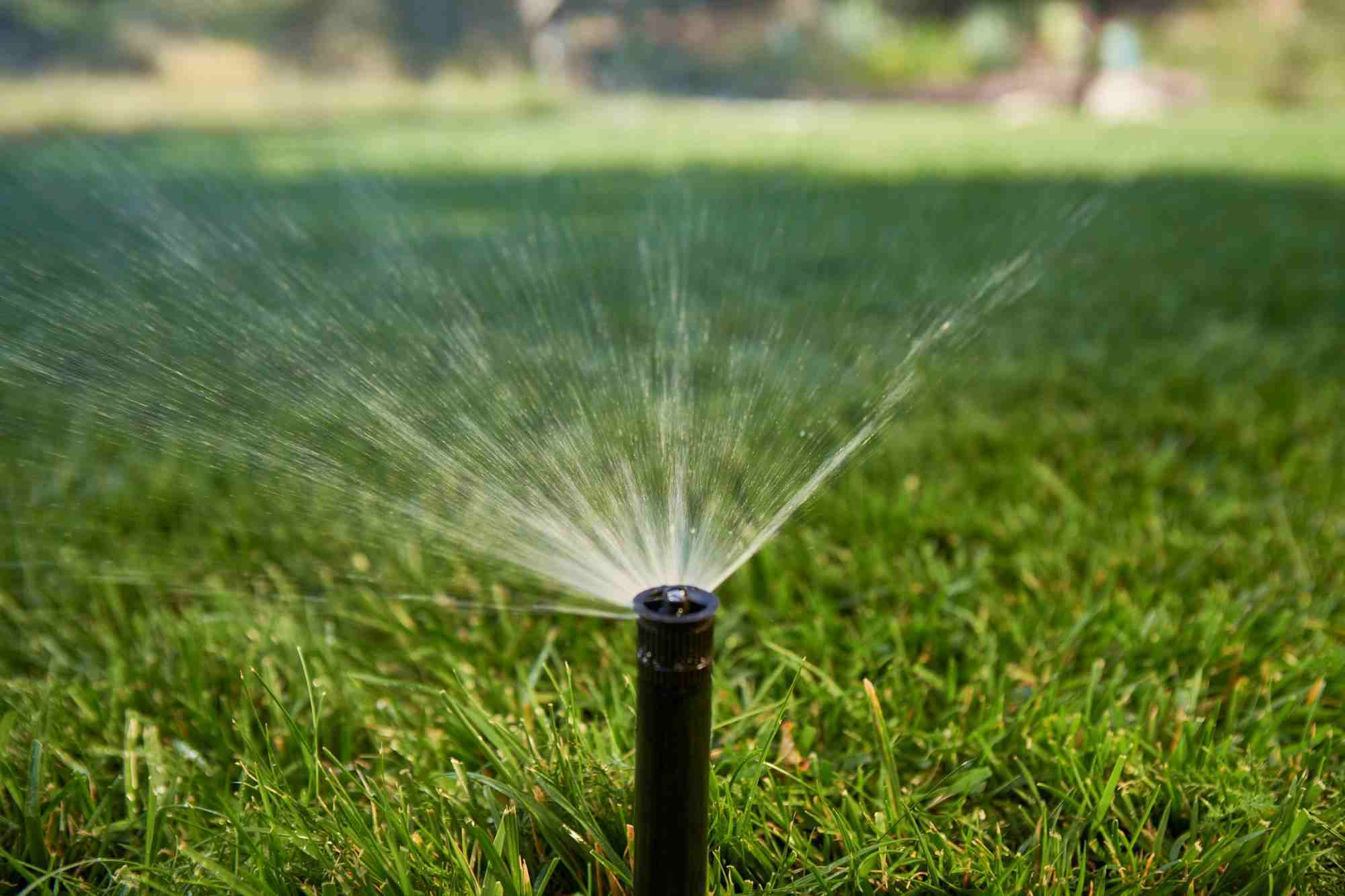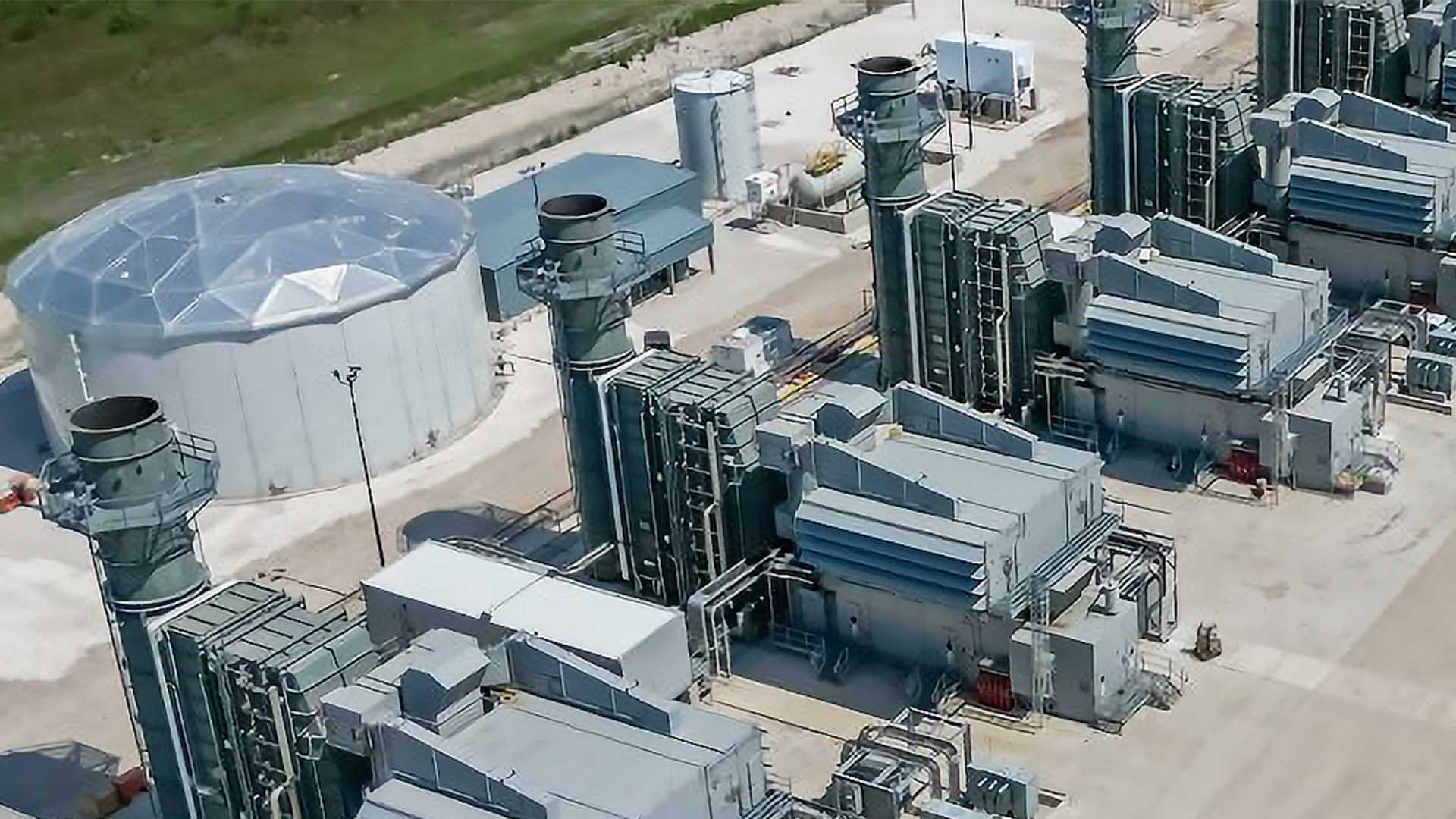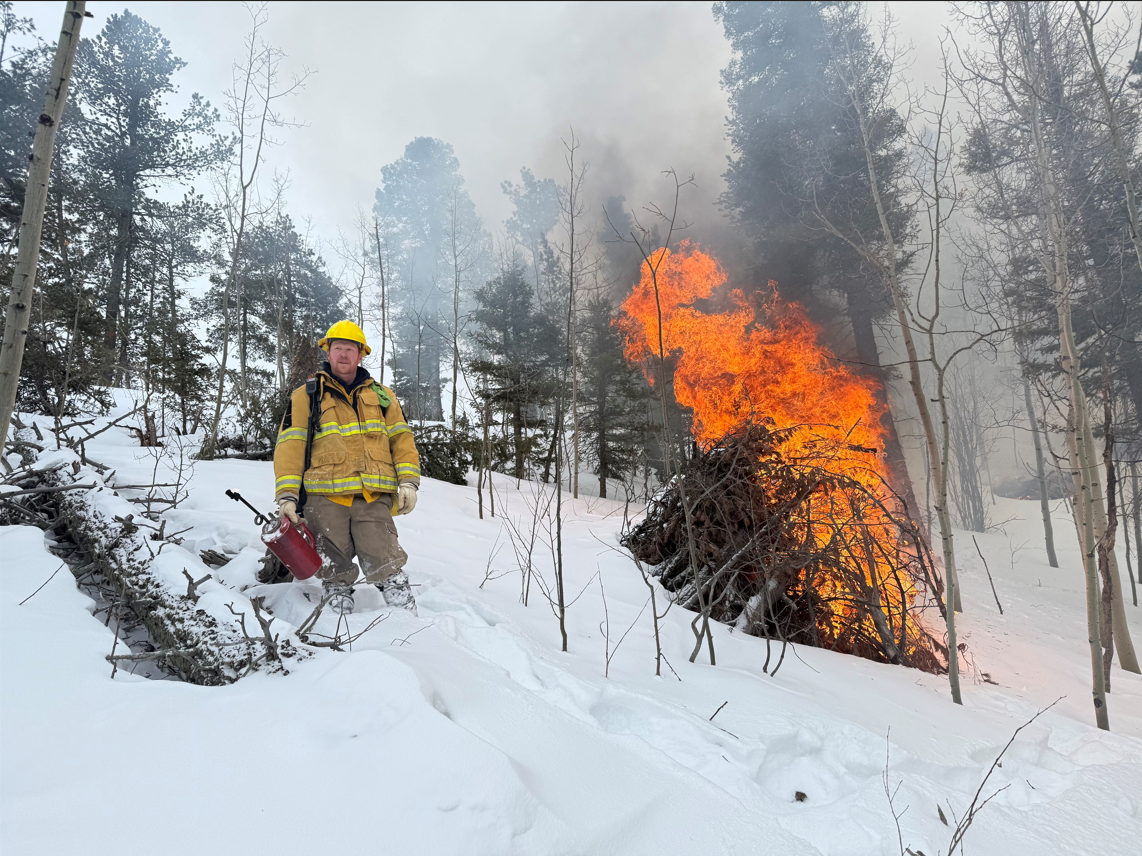
Catherine M.
Duration: 1 minute
Published on June 14, 2022
Our mostly warm, dry fall and spring seasons were tough on lawns. If you see small green leaves beginning to grow, you can probably revive it through wise watering and fertilizing it. If your grass is still brown after the moisture we just received, it is probably not coming back. Your options are to replant or replace it.
Replanting grass
If you want to replant your lawn with sod or seed, be sure to apply for an establishment watering permit before you plant. You need the permit because the water-wise rules limit sprinkler watering to no more than three days per week, as well as before 10 am and after 6 pm. The permit allows you water more often than three days per week and during the day until the new grass grows new roots.
One key step is to prepare the soil before you plant. Preparing the soil means spreading compost (also called soil amendment) over the area you will plant, then mixing it into the soil with a shovel or tiller. Compost holds water like a sponge, which will give your new grass the best chance for success in our dry climate. You’ll need to submit receipts for an approved soil amendment with your permit application, so check the soil preparation requirements before you start your project.
Upgrading your sprinklers
If your sprinkler system is outdated, consider upgrading your sprinklers with high-efficiency equipment. New heads, nozzles, and controllers can eliminate troublesome brown spots, stop runoff, and help your grass thrive. We offer rebates on select sprinkler equipment to help with the cost of your project.
Replacing grass
Rethinking your lawn can be one of the best ways to create a yard you love. If you are simply done with grass and want to replace it with something else, consider checking out the Water-wise Demonstration Garden or our landscape photo gallery at waterwiseplants.org for ideas.
At the garden and the website, residents can learn about the grass and plant options that use less water than a traditional lawn. These options can use significantly less water, better withstand hot, dry spells, and reduce yard work. Our recorded webinars offer step-by-step instructions to help you make lasting changes.







